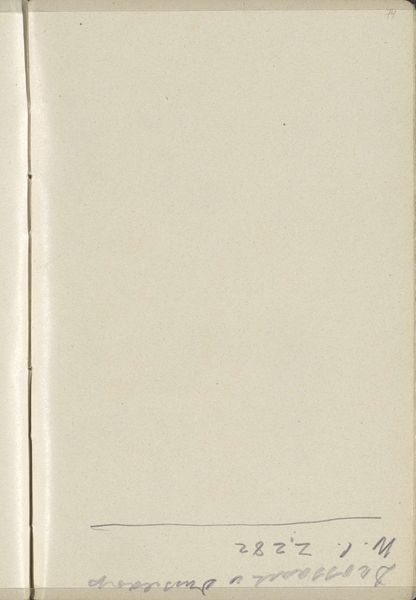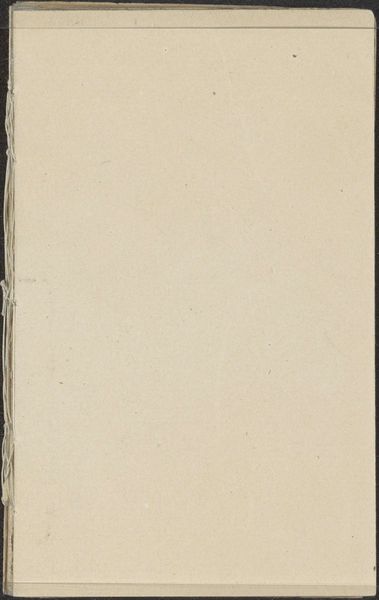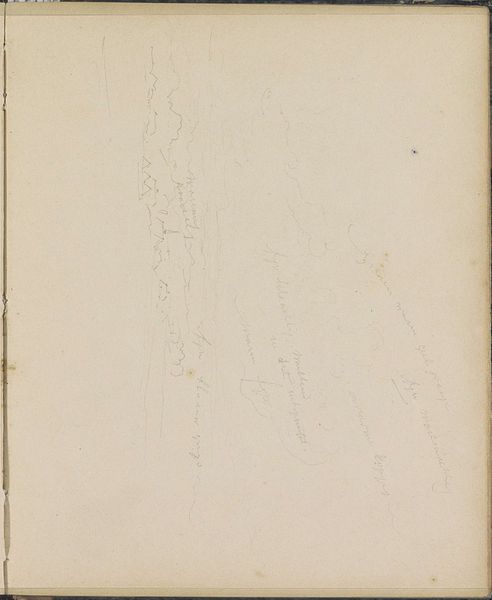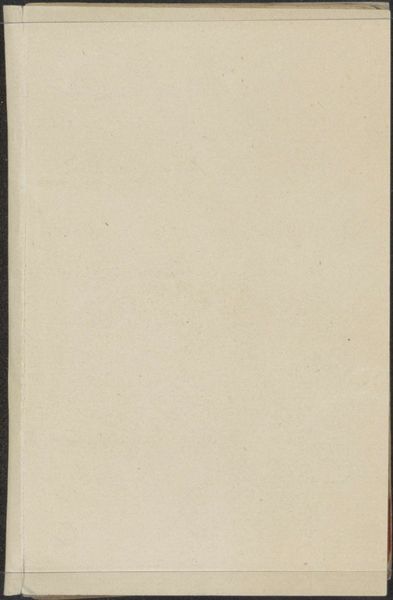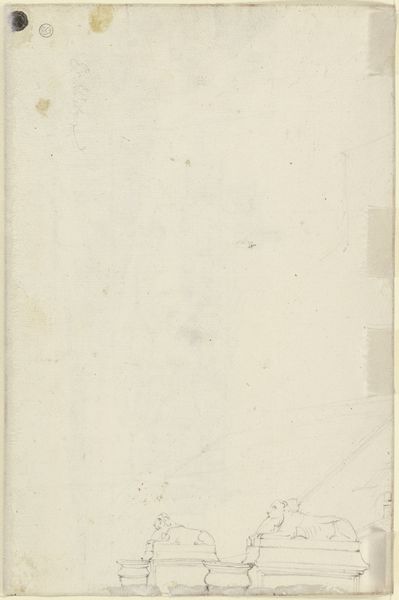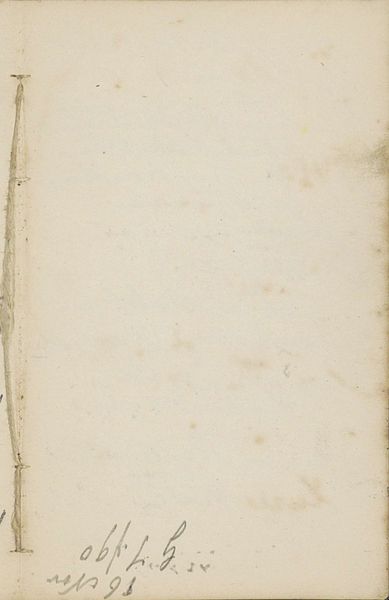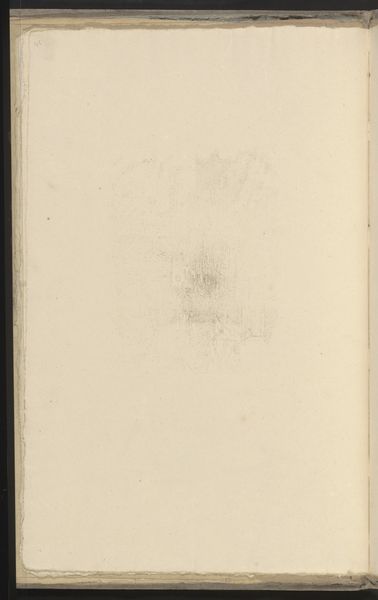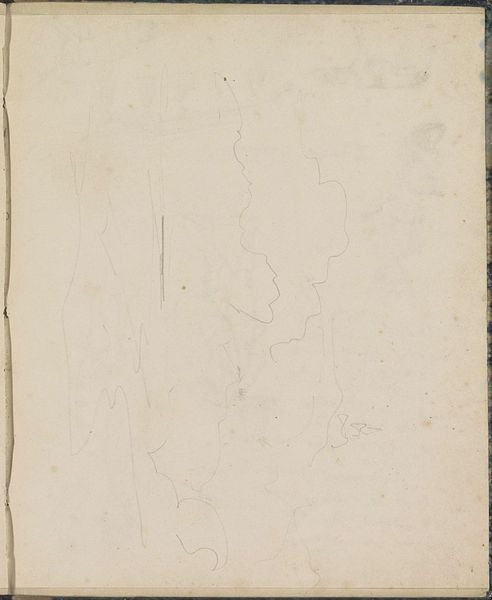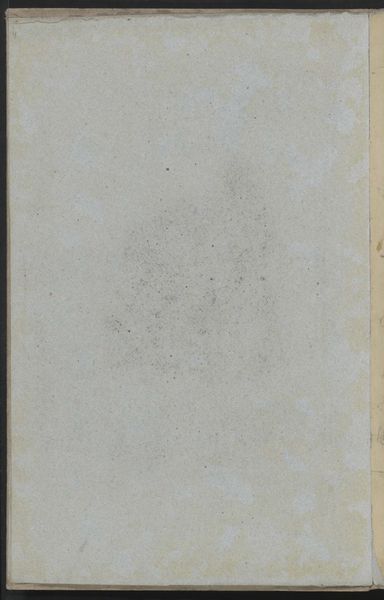
drawing, paper, pencil
#
drawing
#
paper
#
geometric
#
pencil
Copyright: Rijks Museum: Open Domain
Editor: Here we have Willem Koekkoek's "Berekeningen" – which translates to "Calculations" – made between 1849 and 1895 using pencil on paper. The visible numerical markings seem so faint, almost like palimpsests. How do you see this piece? Curator: Well, focusing on its material reality, we can understand this drawing beyond its simple appearance. The humble materials—pencil and paper—speak to a utilitarian function, potentially a craftsman’s or merchant’s calculations. Notice how the visible sewing suggests a bound booklet. This immediately prompts considerations about book-making processes and their availability, questioning the democratization of knowledge and the means of its production during that era. Editor: That’s a very interesting perspective! I was focused on its almost ethereal quality, the way the numbers seem to float on the page. Curator: And isn’t that ethereality tied to the physical properties of pencil on paper? The ease with which pencil marks can be made and erased, revealing a process of constant revision and correction. How does that material process relate to the concept of "calculations," implying perhaps uncertainty or the fluctuating nature of the marketplace? Editor: So you're saying that even a simple sketch like this, by emphasizing the "how" of its making, reveals socio-economic structures. Curator: Precisely. It forces us to look beyond a simple appreciation of skill and consider the means, the labor, and the materials, bringing it closer to the lives of everyday people. Editor: That gives me a lot to think about regarding not just this drawing, but the entire collection. Thanks for your insights. Curator: My pleasure. Material analysis always has so much to offer!
Comments
No comments
Be the first to comment and join the conversation on the ultimate creative platform.
